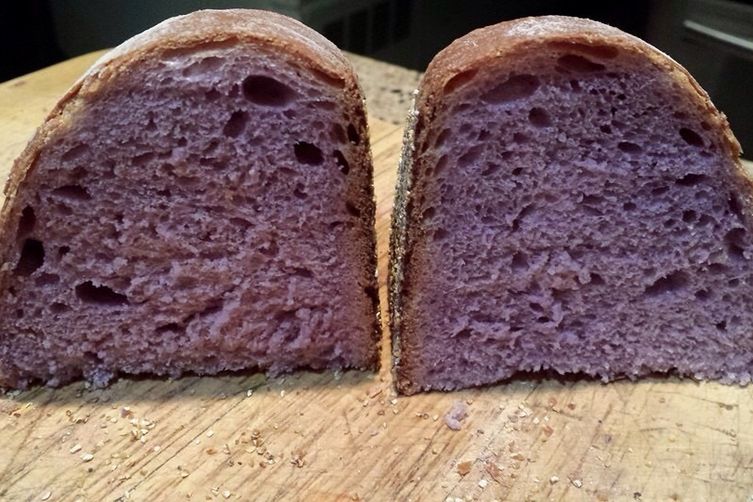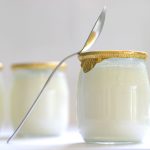When it comes to health, white bread doesn’t get much press. But purple bread could reconcile everyone.
For years, white bread has been demonized by the health-conscious. It’s often portrayed as unhealthy food, lacking nutrients and packing on the pounds. However, not all white bread is created equal. Some types of white bread can be pretty nutritious. For example, purple bread is made with whole wheat flour packed with fiber and vitamins.
In addition, purple bread contains anthocyanins, which are potent antioxidants that have been linked to a host of health benefits. So if you’re looking for a healthy alternative to white bread, purple bread could be a good option.
There are many reasons why white bread has a bad reputation regarding health. For one, it is made with refined flour high in carbohydrates. This means that it has a high glycemic index and can cause spikes in blood sugar levels. In addition, white bread contains less fiber and minerals than other foods, which makes it less nutritious.
However, there is hope for those who love white bread but want to improve their health profile. Professor Zhou Weibiao’s team has developed a new type of bread that is easier to assimilate and digest. In addition, this fresh bread has a lower glycemic index and is rich in fiber and minerals. As a result, it may be a better choice for those looking for a healthier option.
The University of Singapore’s Food Science and Technology Programme developed purple bread by taking anthocyanins from black rice and infusing them into white bread. Anthocyanins are a component commonly found in certain fruits and vegetables, and they give the blue-violet color. This product was developed to add more antioxidants to the diet.
Studies have shown that anthocyanins can help to reduce the risk of cancer, heart disease, and stroke. The purple bread is currently only available in Singapore, but the hope is that it will eventually be available globally. So, thanks to the University of Singapore, we may soon enjoy a healthier option for bread.
Anthocyanins are a type of pigment that gives fruits and vegetables a purple, blue, or red color. They are also beneficial to health by being well-known antioxidants, anti-inflammatory, antiviral, and antihistamines. The European Food Information Council (EFIC) also points out that they play a role in preventing certain cancers and cardiovascular diseases.
The primary sources of anthocyanins in the diet include blackberries, raspberries, blueberries, cherries, grapes, onions, and eggplants. Some research suggests that consuming foods rich in anthocyanins may help to protect against conditions such as obesity, type II diabetes, and Alzheimer’s disease. Anthocyanins are also being studied for their potential role in cancer prevention. While more research is needed to confirm these health benefits, there is no doubt that anthocyanins offer a range of potential health benefits.
Bread is a staple in many diets, but those with diabetes often avoid it due to its high glycemic index. The glycemic index measures how quickly blood sugar levels rise after eating a particular food. Foods with a high glycemic index are generally not recommended for people with diabetes, as they can cause blood sugar levels to spike.
Purple bread, however, is a type of bread that has a lower glycemic index than traditional white bread. This is because the purple color of the bread comes from anthocyanins, which are antioxidants that have been shown to slow down digestion. As a result, purple bread digests more slowly than white bread, which reduces the glycemic index and makes it a more suitable choice for people with diabetes.
Bread is a staple food in many cultures worldwide and has countless varieties. However, one type of bread that has yet to be commercially available is purple bread. This bread gets its unique color from adding purple pigment-containing ingredients, such as blueberries or blackberries.
The manufacturing process for purple bread is more complex than that of traditional white bread, and as a result, it is likely to be more expensive when it does become available for purchase. However, in addition to its striking color, purple bread also has unique flavor and nutritional properties that could make it a popular choice among consumers. So, while purple bread may not be on store shelves just yet, it could one day become a common sight in bakeries and homes worldwide.









